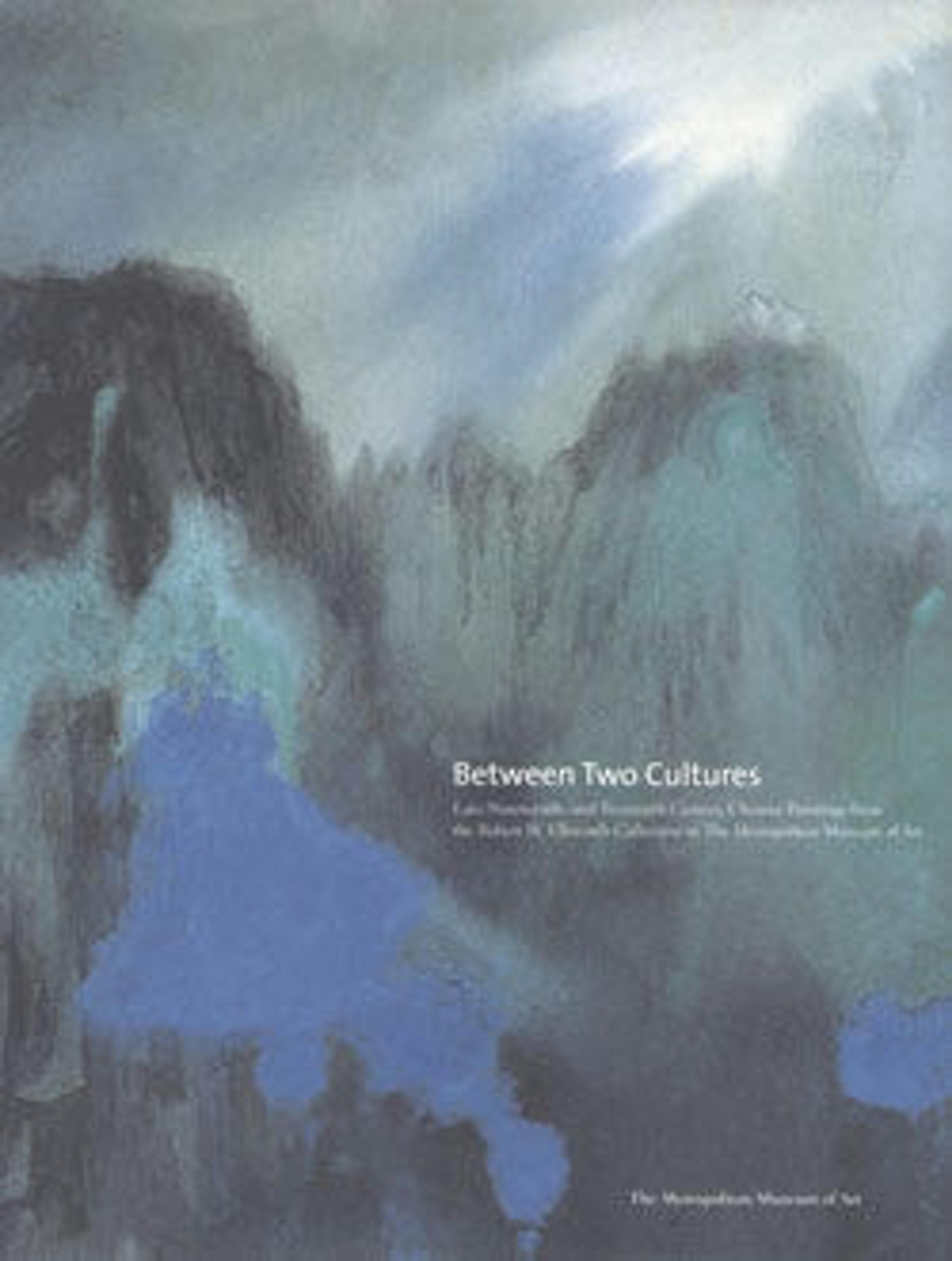Studio by the Water
From 1902 to 1909 Chen Hengke studied in Japan, where he witnessed the indigenous culture being rejected in the pursuit of material advantages from the West. He was determined that China would not follow the same course. After his return from Japan, he taught at colleges in Nantong, Changsha, and Beijing, becoming an influential historian of the literati tradition and a leading painter and calligrapher in Beijing.
This work shows the kind of artless simplicity that was at the core of Chen's vision. While he used conventional media and techniques, he avoided overt references to earlier stylistic sources in order to express his own presence. The carefree ease of the scholar looking out from his studio is conveyed simply and directly through Chen's joyful brushwork: the buoyant lines of the pavilion—not one of which is straight—the casual ripples of the water, and the rhythmically repeated pattern of the foliage all communicate a sense of the artist's contentment.
This work shows the kind of artless simplicity that was at the core of Chen's vision. While he used conventional media and techniques, he avoided overt references to earlier stylistic sources in order to express his own presence. The carefree ease of the scholar looking out from his studio is conveyed simply and directly through Chen's joyful brushwork: the buoyant lines of the pavilion—not one of which is straight—the casual ripples of the water, and the rhythmically repeated pattern of the foliage all communicate a sense of the artist's contentment.
Artwork Details
- 清/現代 陳衡恪 臨水書閣圖 冊頁
- Title: Studio by the Water
- Artist: Chen Hengke (Chinese, 1876–1923)
- Date: dated 1921
- Culture: China
- Medium: Album leaf; ink and color on paper
- Dimensions: 13 1/4 x 18 3/4 in. (33.7 x 47.6 cm)
- Classification: Paintings
- Credit Line: Gift of Robert Hatfield Ellsworth, in memory of La Ferne Hatfield Ellsworth, 1986
- Object Number: 1986.267.104
- Curatorial Department: Asian Art
More Artwork
Research Resources
The Met provides unparalleled resources for research and welcomes an international community of students and scholars. The Met's Open Access API is where creators and researchers can connect to the The Met collection. Open Access data and public domain images are available for unrestricted commercial and noncommercial use without permission or fee.
To request images under copyright and other restrictions, please use this Image Request form.
Feedback
We continue to research and examine historical and cultural context for objects in The Met collection. If you have comments or questions about this object record, please contact us using the form below. The Museum looks forward to receiving your comments.
